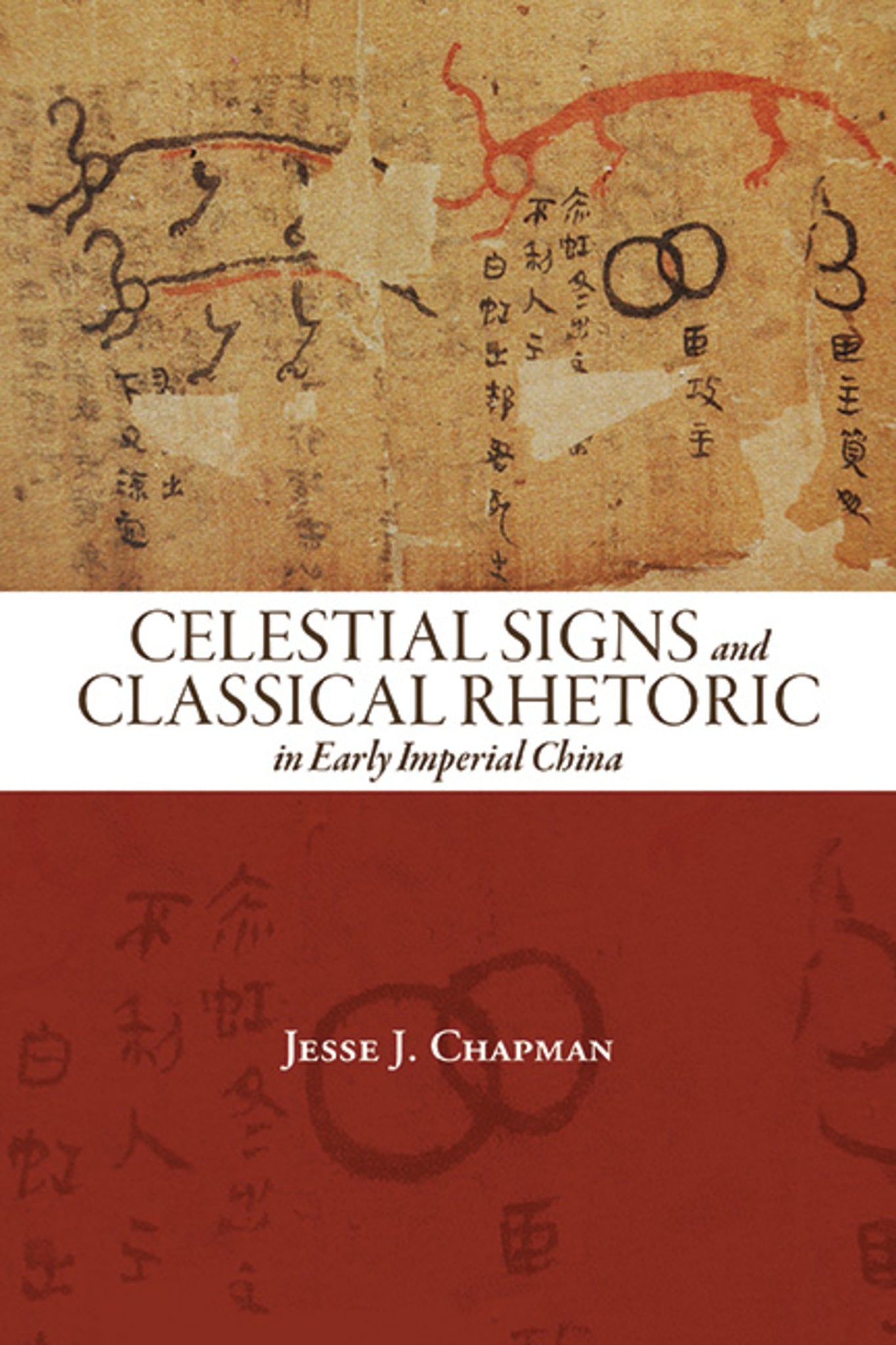We're sorry. An error has occurred
Please cancel or retry.
Celestial Signs and Classical Rhetoric in Early Imperial China

Some error occured while loading the Quick View. Please close the Quick View and try reloading the page.
Couldn't load pickup availability
- Format:
-
01 June 2025

Considers how sign-reading fit into broader understandings of the human and cosmic worlds in Han times.
Celestial Signs and Classical Rhetoric in Early Imperial China considers how the reading of celestial signs-including comets, strange clouds, halos, rainbows, and planets in retrograde motion-fit into broader understandings of the human and cosmic worlds in Han times. Advancing a cultural studies approach to celestial signs, Jesse J. Chapman traces the theory and practice of sign-reading across a range of genres, including technical manuals, historical narratives, and memorials to the throne. Moving from variegated materials in an early tomb to historical treatises compiled over several centuries, Chapman demonstrates that rhetoric and ideals drawn from classical texts gradually became fundamental sources of authority for interpreters of celestial signs. Sign-reading in practice proved both flexible and context-dependent, and interpreters of celestial signs rarely, if ever, read omens in isolation. Celestial signs became meaningful in the context of historical understanding, personal experience, the state of the empire, and the life of the court. Reading omens meant reading the state of the world at a particular moment in time.


"Chapman's approach to omens in early China is original, persuasive, and significant. His principal claim is that the interpretation of omens—'sign-reading'—was in the hands of specialists in the Warring States and earlier periods but became a part of the intellectual and political equipment of the emerging class of classically-trained scholar-officials during the Han period. Well organized and well written, this book will be welcomed by scholars in the field of early China." — John S. Major, coauthor of Ancient China: A History
Acknowledgments
Introduction: Celestial Signs, Tianwen, and the Emergence of Classicism in Early China
Part I: Technical Manuals and Classical Authority
1. Practical Omenology and Classical Ideals at Mawangdui
2. Sign-Reading and Sagely Rulership in the Huainanzi and Shiji
3. Integrating Classical Texts with Omen-Reading Technology
Part II: Rhetoric in Practice
4. Classical Authority and the Elimination of Baleful Signs
5. Reading Signs, Reading the World
Conclusion: Interwoven Discourses and Contextualized Interpretation
Appendix A: Terminology and Translation
Appendix B: The Bibliographic Category of Tianwen
Notes
Works Cited
Index



